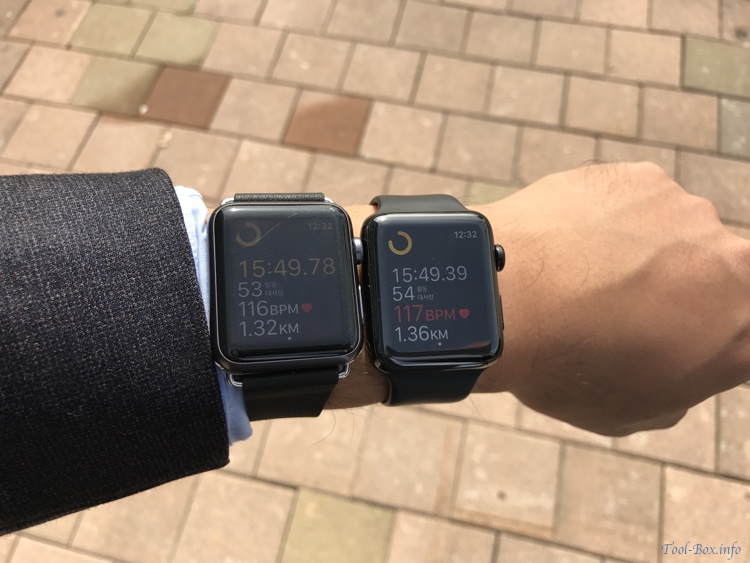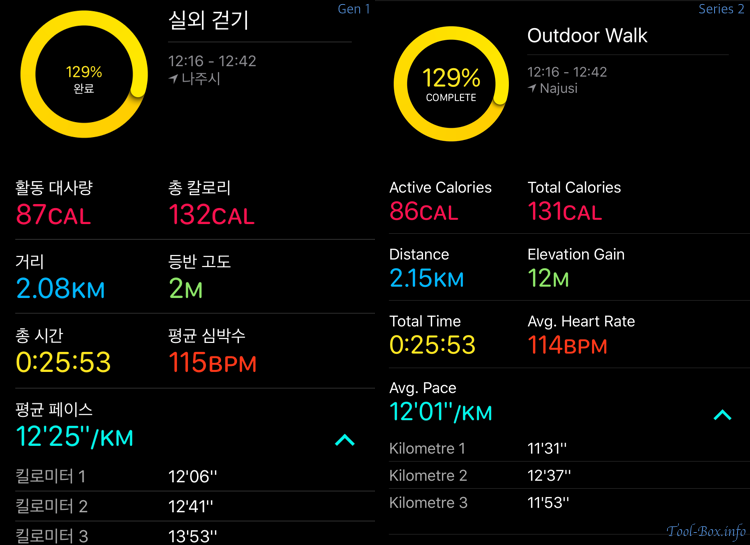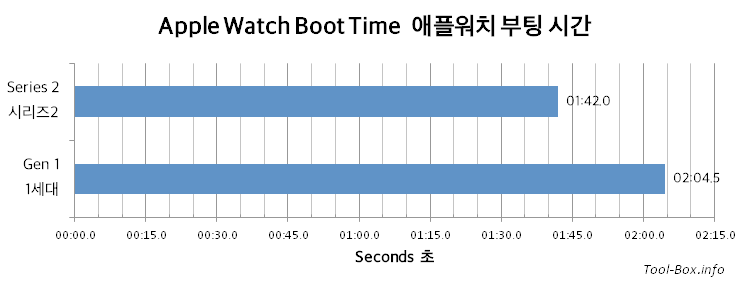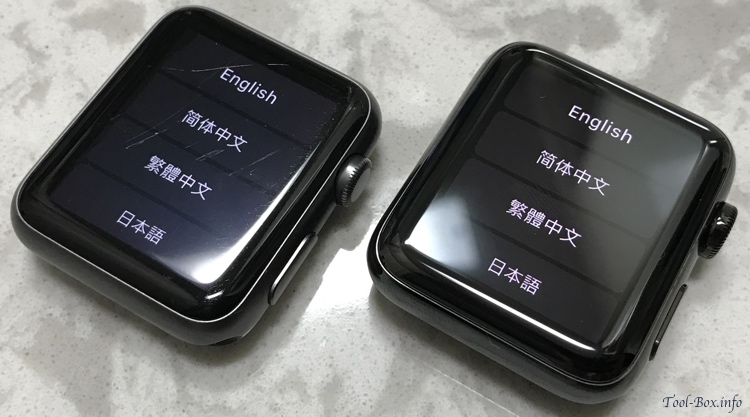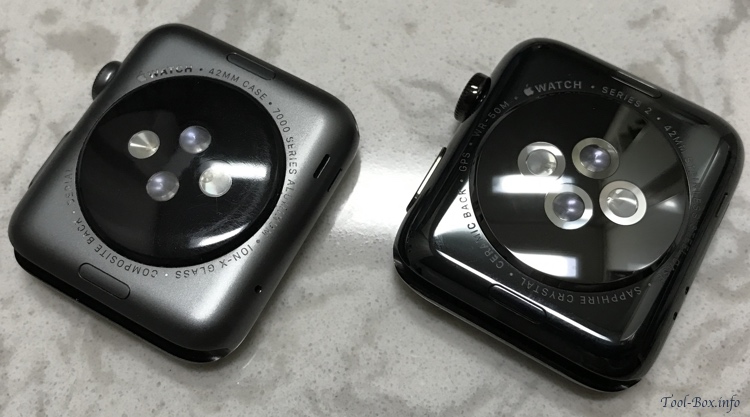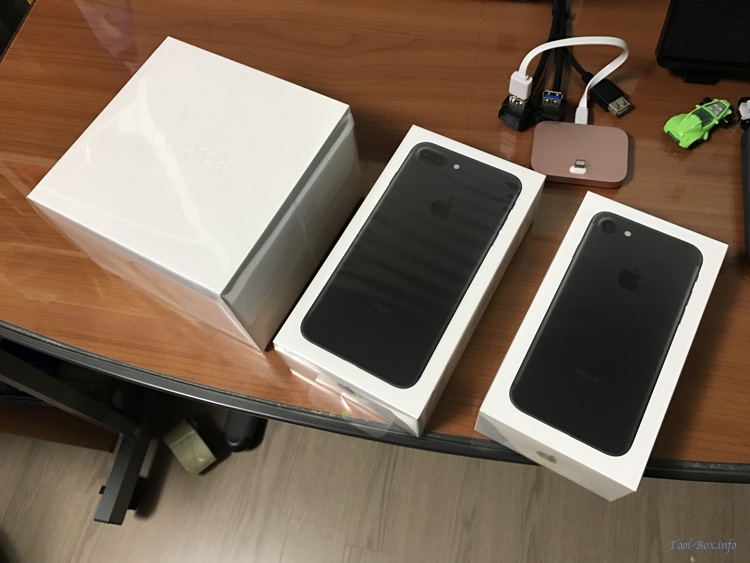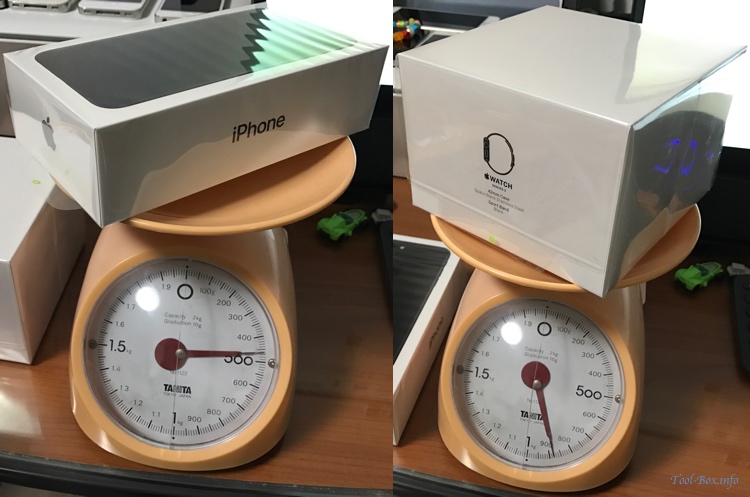Apple Watch 1st gen vs. Series 2 - Battery
Posted by Wesley on
I was quite surprised to see my Apple Watch Series 2 having more than 60% of battery on the first day of use. To see that this was not a fluke, I kept checking for a few more days and realized that it usually had 50% or more left after 24 hours with light use. In such cases, I was able to go without recharging for two full days. This is quite a bit longer than the Apple Watch Gen 1 even compared to its early days. So to make this clear, I did a comparative battery discharging test to produce the graph below. The devices had watchOS 3.0 installed at the time.
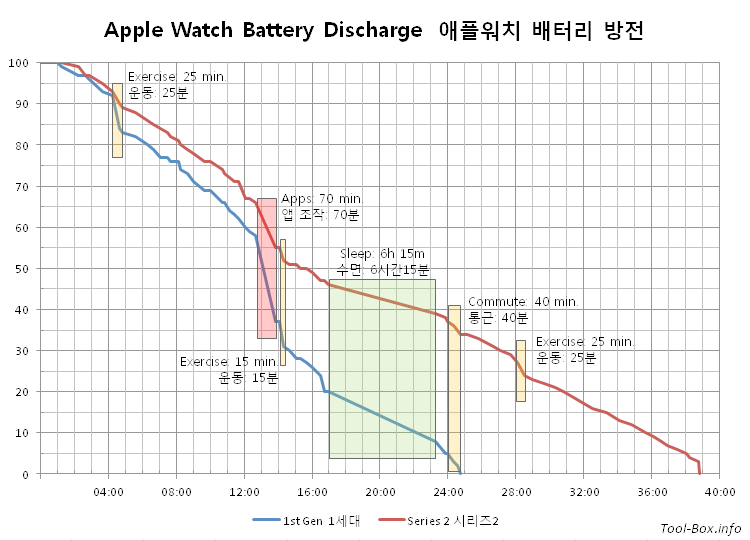
Apple Watch Gen 1 lasted 24 hours 45 minutes, while Series 2 worked for 38 hour 50 minutes, about 57% longer. For Series 2, it still effectively meant two days' use - have it fully charged on the morning of day 1 and it will last until late evening on day 2. You can also see that if there was less activity, 48-hour use would have been possible as well. What's more interesting is how much battery is consumed for certain activities.
During regular office work, the drain rate is similar for both watches. But once they're subject to more demanding tasks like logging an exercise or actively running apps, Gen 1 tends to drain about twice as fast. The idle state shown by the sleeping time is also less efficient compared to Series 2.
Early parts leak showed that Apple Watch Series 2 42mm models have about 36% larger battery compared to Gen 1 (334mAh, from 246mAh). So the difference isn't just coming from a larger battery, but an even more energy-efficient system overall. Considering that Series 2 has a CPU twice as fast and a screen twice as bright, this is quite a feat.
Now, it's been suggested that Apple put a larger battery on Series 2 because it includes a GPS module. This would enable path logging without a paired iPhone at an expense of a faster battery drain. So let's see how much difference it makes.
Continue reading "Apple Watch 1st gen vs. Series 2 - Battery"

Apple Watch Gen 1 lasted 24 hours 45 minutes, while Series 2 worked for 38 hour 50 minutes, about 57% longer. For Series 2, it still effectively meant two days' use - have it fully charged on the morning of day 1 and it will last until late evening on day 2. You can also see that if there was less activity, 48-hour use would have been possible as well. What's more interesting is how much battery is consumed for certain activities.
| Activity | Drain (%/hour) | |
|---|---|---|
| Gen 1 | Series 2 | |
| App Use | 18.0 | 9.4 |
| Exercise | 18.0 | 8.3 |
| Office (Day 1) | 3.1 | 2.8 |
| Office (Day 2) | - | 2.0 |
| Sleep | 1.9 | 1.1 |
During regular office work, the drain rate is similar for both watches. But once they're subject to more demanding tasks like logging an exercise or actively running apps, Gen 1 tends to drain about twice as fast. The idle state shown by the sleeping time is also less efficient compared to Series 2.
Early parts leak showed that Apple Watch Series 2 42mm models have about 36% larger battery compared to Gen 1 (334mAh, from 246mAh). So the difference isn't just coming from a larger battery, but an even more energy-efficient system overall. Considering that Series 2 has a CPU twice as fast and a screen twice as bright, this is quite a feat.
Now, it's been suggested that Apple put a larger battery on Series 2 because it includes a GPS module. This would enable path logging without a paired iPhone at an expense of a faster battery drain. So let's see how much difference it makes.
